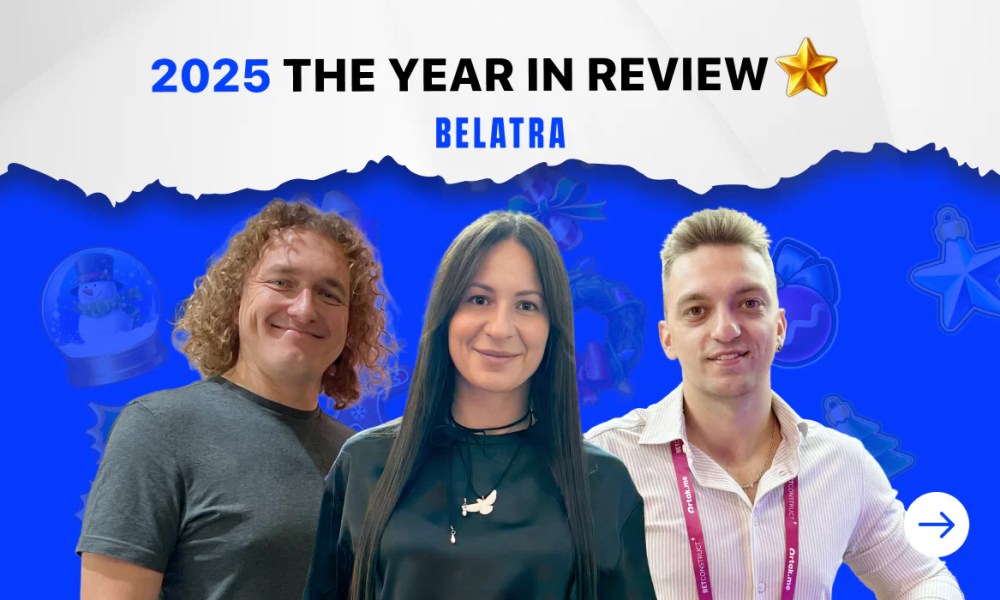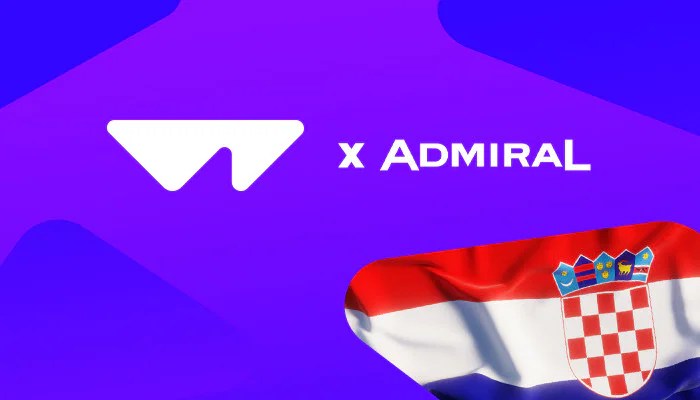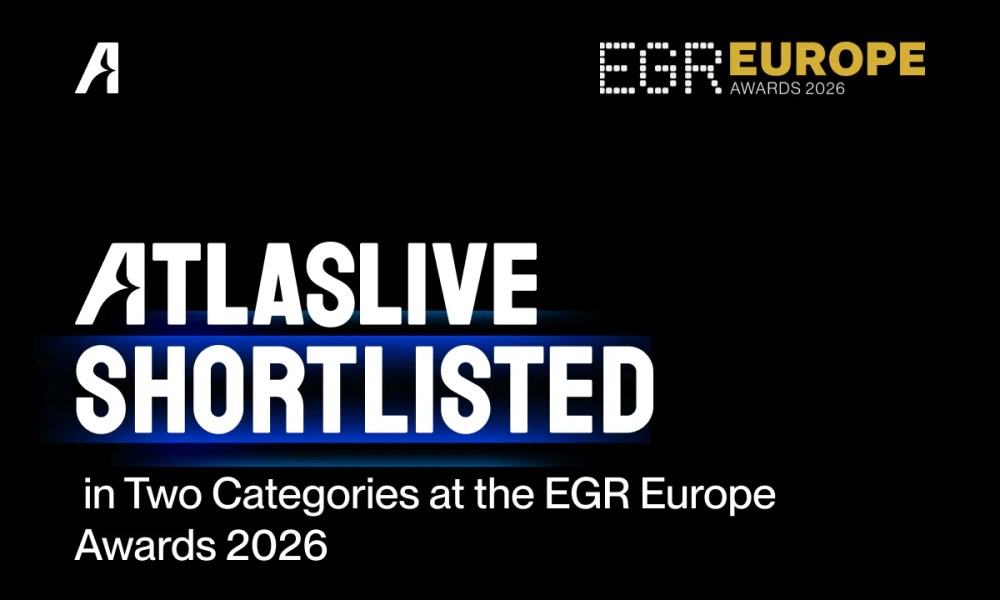Latest News
“There is room for everyone in esports.” Exclusive Q&A with Ashley Washington, Head of VCT Game Changers
There is an old, now-defunct saying in football that women can’t understand the offside rule. While there was no such explicit quote, the feeling has been pretty much the same in esports, if you go by the low number of women playing the sports.
Now, who will do something to change the gender disparity in esports? Enter VCT Game Changers.
VCT Game Changers is an esports program exclusively for women where gamers play Riot Games’ hit video game VALORANT. The Game Changers tournament is into its third edition this year.
We have here with us Ashley Washington, Head of VCT Game Changers. She talks about, well, the game-changing situation in esports. Her responses are insightful and stats-rich. Don’t miss it.
Q. Let’s start with a quick intro. How did you land in the gaming industry?
A. This is a very reductive version of the story but I was working in account management and sales in NYC after graduating from New York University. Though I did study game design, I wasn’t really sure of myself when it came to making a career in the industry. There was an evening in January of 2016 when I’d just paid my rent—a paycheck and a half—and I just decided that I wanted to move to Berlin. I knew it was fun and cheap because I studied abroad there. I bought a one-way ticket and did that. Berlin is the kind of place where you can make almost anything happen for yourself career-wise, so I chased my dreams and made the switch! I’ve done quality assurance work, data science, journalism and, it turns out, I’m strongest as a product leader.
Q. Tell us about Valorant Game Changers: Mission, vision, mode of operation and all that?
A. VCT Game Changers is a program meant to introduce women to the VALORANT ecosystem, guide them in the cultivation of their skills and, ideally, see them make their way out of the program and into the rest of the VALORANT competitive space. The goal is to have a diversified ecosystem where people from a variety of identities and backgrounds can excel at the highest levels of play. So far, we’ve set out to achieve this by running the tournament circuit that most are familiar with but, in the future, we are working to find additional ways we can make this vision into a reality.
Q. How do you analyse your performance so far? Could you talk about the changes you have brought about in esports, especially in terms of the participation of women?
A. I think there are some obvious things we are looking at and some less obvious things. Really high on the list is participation. We recently maxed out signups for the first time with 130 teams registered out of 128, meaning two teams were on the waitlist when signups closed. Ultimately we saw 126 teams participate, this is over 600 players which is great to see. We set out to create a safe space, so seeing more and more women choose to enter it is absolutely a win. One of the other stronger indicators of success, at least from my perspective, is to see women in rosters in the rest of VALORANT Champions Tour EMEA . Whilst it’s not yet exactly standard, mixed rosters can already be seen in third party VALORANT tournaments, like BLAST Spike Nations, and that’s a beautiful thing as well.
Q. Valorant Game Changers tournament is into its third series now. How has the tournament evolved and progressed over the three series?
A. Growth is probably the biggest evolving factor for Game Changers at this stage. For example, just this year, we saw 91 teams participate in the second series. In the third series, we had 126 teams. In addition to more teams, we are seeing the strength of the teams grow as well. The players are becoming increasingly more skilled and the competitive spirit among EMEA teams is a lot more dynamic. There are a lot of really interesting team and player stories developing and a notable increase in participation from regions that are usually not represented like Turkey and MENA (and some parts of Europe). So, the community that we’ve grown with the tournament is maturing in many ways.
Q. The number of women participating in esports is still low, with reference to an ideal scenario. What do you think are the hindrances women face in entering and excelling at esports?
A. I’ve spent a lot of time talking to women in the scene playing different titles and coming from different backgrounds. The things I hear referenced the most come down to the lack of opportunities (both perceived and actual—they’re equally as bad when the result is the same) and a fear of career instability should they decide to go all in with esports. Many of these women have a hard time convincing orgs to give them a chance or, when they do, getting adequate pay that allows them to focus on doing their best. The women end up needing to maintain their studies or another job so that they have a backup plan in the event that things don’t work out. This happens in esports in general but it would seem that this is a very common experience for women entering the space.
It’s very important that any organisation interested in providing these opportunities to women is also committed to investing in their careers as well. Bringing a group of women together just to have that roster there without paying any mind to what they need to thrive and grow is a costly and painful mistake. It leaves its mark and it can be incredibly discouraging for those that it affects.
Of course I also hear from women who have terrible experiences due to toxicity and the lack of confidence that can come from that or just not seeing enough representation in general. This kind of thing can strike when they’re so young that they don’t even consider trying to play competitively when they get older. It doesn’t end with players either, underrepresentation is happening in every area—women working in talent or esports-related companies might also face these issues.
Q. What kind of activities is Valorant Game Changers undertaking for training and mentoring women in esports?
A. Our approach to this varies regionally. Since Game Changers is still young, not every region has a training supplement, EMEA included. But we are hoping to introduce something like this relatively soon. The most important thing is finding something that is best suited to the region and what the Game Changers community is looking for, so we’ve been doing a lot of listening for now.
Q. How are you looking into the future regarding women’s participation in esports? In which countries do you hope to see a surge in numbers in terms of women players?
A. EMEA is already so strong when it comes to this. The interest in esports among women is high and every year, the landscape for opportunities to play is looking brighter and brighter. Continuing with this is the first thing I hope and fully expect to see. When it comes to regional representation, I dream of higher numbers from MENA—so North Africa and the Middle East. This is already happening so tapping into what players from these regions need to feel comfortable taking the leap is one of many focus points I have looking ahead to the future. Though I can safely say that I wouldn’t complain about an increase from any space in the region. This is one of the rare occasions in life where more is absolutely better.
Q. Finally, what kind of initiatives do you want to see in the esports industry in general –- by governments and other organisations — to ensure the number of women in esports continues to increase?
A. I would love to see more support for younger fans who are curious about playing or being in the industry in general. I think it’s very easy to write off “gaming” as a viable job option but I think that has a lot to do with how few resources there are for school-aged players and their families to have an idea of what this could really look like—whether that’s playing, organising or being part of a broadcast. I mean, I have a pretty standard job that I’m pretty sure my parents never imagined would fall under “working with games”. I think they’re not the only ones.
And, ultimately, I would love to see more initiatives tap into intersectionality. It’s so important to help women feel comfortable in the space, but once that’s begun, there are so many groups within this identity that could use a bit of a lift. For example, I didn’t see many other black women in the industry growing up and it’s a lot of the reason why I didn’t bother doing anything beyond studying games for a while. Eventually, I felt brave enough to go for it anyway but there are so many others like me who won’t even make it that far with it without knowing for sure that it’s possible. Initiatives connecting young players from underrepresented groups is one way to kind of combine both of these things. There are already programs like this out there and I am really excited about seeing that continue to develop in the future.
There is room for everyone in esports. If they truly want to be there, they can be—I really do believe that.

Latest News
From ‘Mummyverse’ to Crash Games: Belatra Reviews a Landmark 2025
Editor’s Take
Why this matters: Belatra has been a steady hand in the slots world for a long time, but 2025 marked a distinct shift in strategy. By entering the Crash vertical with Goose Boom Bang and winning big at SiGMA Africa, the studio is clearly pivoting to capture the high-growth, high-frequency players in emerging markets. They are no longer just a “classic slots” developer; they are diversifying the portfolio to ensure relevance in regions like LatAm and Africa.
The Full Story
Belatra Games, the specialist online slots developer, has issued a strategic review of its 2025 operations, celebrating a 12-month period defined by entry into new game verticals, significant franchise expansion, and high-profile industry recognition.
The year was characterized by a dual strategy: deepening engagement in established markets while aggressively expanding its content portfolio to suit local preferences in emerging territories.
Portfolio Evolution: Crash and Battles 2025 saw Belatra move beyond its traditional slot roots. The company made its debut in the high-demand Crash game vertical with the launch of Goose Boom Bang, a title designed to tap into the fast-paced gameplay preference of younger demographics.
Additionally, the studio introduced a fresh game concept with the launch of Battles, a new format unveiled for the first time in 2025, with further development planned for 2026.
The ‘Mummyverse’ Expands For fans of classic slots, the highlight of the year was the aggressive expansion of the Mummyverse. Belatra nearly doubled the size of this franchise over the year, making it the most extensive game universe in their entire catalog.
The developer also focused on B2B localization, releasing a number of exclusive bespoke games created specifically for selected operator partners to meet specific local market tastes.
Awards and Recognition The company’s strategic shifts were validated by industry accolades. Belatra secured over 30 nominations throughout the year, with standout wins including:
-
Best Slot Provider (awarded by BitStarz).
-
Most Played Game of 2025 for Make It Gold at the SiGMA Africa Awards.
-
Player’s Pick Award.
Management Commentary Misha Voinich, Head of Business Development at Belatra, commented on the studio’s momentum:
“This year has truly defined who we are as a studio – ambitious, creative and focused on building long-term partnerships. We’ve expanded our universes, launched new ones and entered exciting new markets that will all help us carry this momentum into the New Year.”
The post From ‘Mummyverse’ to Crash Games: Belatra Reviews a Landmark 2025 appeared first on Gaming and Gambling Industry Newsroom.
Latest News
‘Chaos and Soul’: Ebaka Games Plots Global Expansion After Viral Launch
Editor’s Take
Why this matters: The “Instant Game” vertical (Crash, Plinko, Mines) is becoming crowded, but Ebaka Games is cutting through the noise with a distinct brand personality. By securing BMM Testlabs certification so quickly after launch, they are signaling to Tier 1 operators that despite their “chaotic” marketing vibe, the math underneath is solid and compliant. The backing of industry veteran Dmitry Belianin also adds immediate commercial credibility to the startup.
The Full Story
Ebaka Games, the fledgling studio that promises to bring “chaos and soul” to the iGaming sector, has outlined an aggressive growth strategy for 2026 following a landmark launch period in late 2025.
The studio, which officially debuted in November, reports that its initial rollout reached more than five million people worldwide. The launch saw its portfolio go live with the operator Menace, serving as the initial testbed for its mechanics and “Ebaka modes.”
The Product: Instant Games with Personality Ebaka is bypassing traditional slots to focus on the high-growth vertical of fast-paced, instant-win games. Their initial lineup includes:
-
Plinko
-
Mines
-
Tower
-
Limbo
-
Crash
Differentiation is achieved through unique mascots and signature gameplay tweaks designed to offer high win potential and distinct visual identities, moving away from the generic interfaces often found in this genre.
Regulatory Milestone Crucially for its 2026 roadmap, Ebaka Games has confirmed it has secured certification from BMM Testlabs. This accreditation validates the fairness and integrity of its RNG (Random Number Generator) and game engines, removing a major barrier to entry for regulated markets. With this certification in hand, the studio plans to launch with a number of “major brands” in the coming year.
Management Commentary Vitalii Zalievskyi, CEO of Ebaka Games, commented on the studio’s unorthodox approach:
“It’s only been a few weeks since we first introduced Ebaka Games to the world. The feedback has been breathtaking, and it vindicates the decision for us to take a different path to the rest of the industry. You don’t need huge marketing budgets to grab people’s attention if you are building something truly innovative.”
Industry Backing The studio describes itself as being “created by players for players” but boasts significant industry firepower in its corner. The team includes Dmitry Belianin, a well-known figure in the sector who is the co-founder of Blask and Menace, as well as Managing Partner at Already Media.
The post ‘Chaos and Soul’: Ebaka Games Plots Global Expansion After Viral Launch appeared first on Gaming and Gambling Industry Newsroom.
Latest News
Racing Meets Nightlife: SBK Backs ARC’s New ‘Friday Night Live’ Series
Editor’s Take
Why this matters: British racing has a well-documented demographic problem; its core audience is aging. “Friday Night Live” is a direct attempt to fix this by blending high-stakes racing with the “experience economy” (DJs, nightlife vibes) that appeals to Gen Z and Millennials. Bringing SBK on board—a mobile-first, app-only sportsbook—is a perfect demographic fit, while the Racing Post adds the necessary credibility to ensure the actual racing product remains the focus.
The Full Story
Arena Racing Company (ARC) has unveiled the strategic commercial lineup for its upcoming Friday Night Live series, confirming SBK as the Exclusive Betting Partner and The Racing Post as the Official Media Partner.
Set to launch in January 2026, Friday Night Live is a new initiative created in collaboration with youth-focused events company INVADES. The series is designed to overhaul the traditional race day experience, featuring fast-paced fixtures under floodlights, DJ sets, and significant entertainment elements sandwiched between races.
The Commercial Deal
-
SBK: As the exclusive betting partner, the Smarkets-owned sportsbook will take naming rights and on-course branding for all 35 races. Crucially, these races will be broadcast live on mainstream television via ITV Racing as well as Sky Sports Research.
-
The Racing Post: As the Official Media Partner, the publication will provide content, coverage, and promotion across its digital platforms, aiming to bridge the gap between established racing purists and the new audience ARC hopes to attract.
A High-Stakes Experiment The series is not just a marketing exercise; it carries serious sporting weight. Each of the five scheduled nights will feature over £200,000 in prize money. The fixtures will rotate across three of ARC’s all-weather tracks: Wolverhampton, Newcastle, and Southwell.
Management Commentary David Leyden Dunbar, Group Director of Commercial Strategy at ARC, was clear about the target audience:
“We have been very clear that one of the aims of Friday Night Live is to engage the next generation of racing fans… Both [partners] have shown real enthusiasm to work with us… as well as using the platform that these fixtures will offer them to also engage with more established racing and sports fans.”
Adam Baylis, Marketing Director at SBK, added:
“Friday Night Live [is] a fresh and engaging concept that brings a new energy to British racing. SBK has always been built around sport… our focus is on enhancing the live race day experience in a fun, social and responsible way.”
The 2026 Schedule The series kicks off immediately in the new year:
-
9th Jan: Wolverhampton
-
6th Feb: Newcastle
-
20th Feb: Southwell
-
20th March: Wolverhampton
-
27th March: Newcastle
The post Racing Meets Nightlife: SBK Backs ARC’s New ‘Friday Night Live’ Series appeared first on Gaming and Gambling Industry Newsroom.
-

 Latest News2 weeks ago
Latest News2 weeks agoSCCG Announces Strategic Partnership with Yellow Elephant Studios to Expand Multi-Channel Gaming Content Worldwide
-
Latest News2 months ago
JioBLAST Launches All Stars vs India powered by Campa Energy: A New Era of Creator-Driven Esports Entertainment
-
eSports1 month ago
CS:GO Betting Gains Momentum in the iGaming Sector
-
Latest News3 weeks ago
THE 2025 PUBG MOBILE GLOBAL CHAMPIONSHIP GROUP STAGE WRAPS UP WITH LAST CHANCE IN SIGHT
-
Latest News1 month ago
S8UL Esports acquires Team Elite’s Free Fire MAX roster to form S8UL Elite
-
Latest News2 months ago
RocketPlay wins Best Customer Service at European iGaming Excellence Awards
-
Latest News2 months ago
Kambi Group plc Q3 2025 Report
-
Latest News3 months ago
GGPoker Unveils Massive Weekly $100K Freeroll, Kicking Off October 18













You must be logged in to post a comment Login